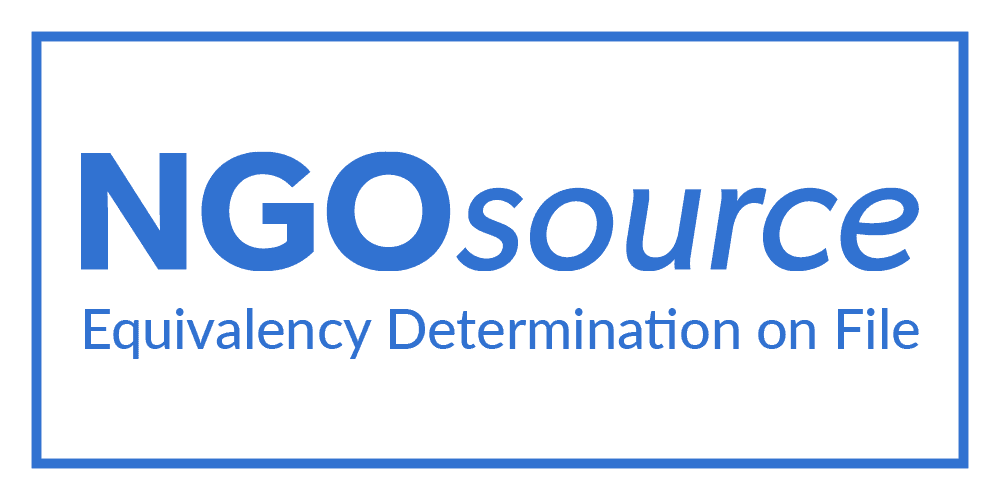A customer-centric approach to measuring financial needs
A customer-centric approach to measuring financial needs
3 April, 2020 •A synthesis report on what we’ve learned
As we set out to understand what our financial inclusion measurement quest would be, it became apparent that it matters what you try to measure. Financial inclusion targets (percentage of adults with a bank account, say) remain valid, but they don’t tell you much when tracked in isolation. Are people actually using their financial services and, more importantly, is it having an impact on their lives?
The hypothesis that we set out to test is that success in financial inclusion policy is when the formal financial sector meets people’s underlying financial needs to help them achieve positive outcomes. That is, to live their financial lives in a way that allows them to make progress towards their goals and manage or prevent financial vulnerability. We coined the term financial needs or “FinNeeds” as a measurement lens to analyse financial inclusion across four universal financial needs: transfer of value, liquidity, resilience and meeting goals.
Through a series of country-level pilot studies, we set out to understand how people’s financial needs manifest, what they use to meet those needs and how they use it, as well as what drives them to choose the specific combination of financial services or strategies and, ultimately, whether their usage allows them to meet their needs. We also wanted to test the power of different data sources – notably face-to-face demand-side surveys and transaction data on formal accounts – to create a holistic picture of people’s financial lives. Ultimately, the goal was to inform policy aimed at welfare impact. By “welfare impact” we mean socio-economic gains – a population able to pursue opportunities and weather financial shocks.
Key findings
Our measurement agenda over the past few years has been a learning journey that has challenged our preconceptions and changed our perspective on what really matters in financial inclusion measurement. Yes, financial needs and how they are met matter, but to explore the usage of financial services as a primary measurement lens is no longer enough. We need to understand people’s incidences of engagement with the digital economy and the role of financial services in that. We need to understand outcomes in the context of financial health. We need to understand how economic sectors function and how financial services interplay with value chains to generate growth.
To do so, the traditional bank and non-bank financial sector can no longer be our point of departure. So much of the dynamics are happening outside of the traditional formal financial sector. Nor can we focus just on demand-side survey data to render consumer insights. We need adaptable instruments to measure trends with a quicker turnaround. With the meteoric rise of devices that have connected billions to the internet, more information is being generated than any single organisation is currently able to utilise. This phenomenon is providing us with the opportunity – and duty – to tackle analyses that researchers even a decade ago could not have foreseen.
Insight2impact (i2ifacility) was funded by the Bill and Melinda Gates Foundation in partnership with the Mastercard Foundation. The programme was established and driven by Cenfri and Finmark Trust.
